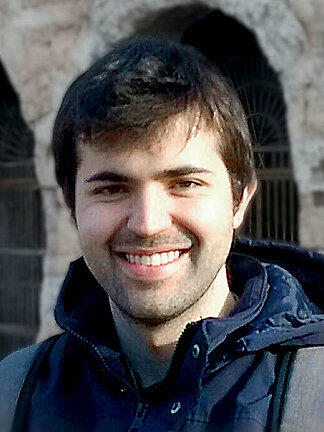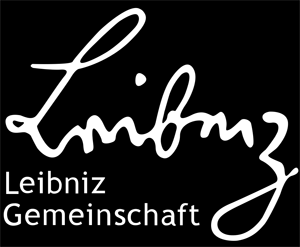Nachwuchskarrieren am IKZ
Wissenschaftliche Karrieren
Das IKZ bietet eine Ausbildung auf hohem Niveau mit einem tiefen Verständnis für wissenschaftliche Konzepte, die für die Wettbewerbsfähigkeit in der akademischen Welt unerlässlich sind. Andererseits bietet das IKZ Studierenden und jungen Wissenschaftlern die Möglichkeit, ihr Fachgebiet zu erweitern und verschiedene Fähigkeiten zu entwickeln, um alternative Karrierewege erfolgreich zu beschreiten. Im Folgenden stellen sich Doktoranden und PostDocs vor und beschreiben ihre Forschungsgebiete und Interessen, die sie am IKZ verfolgen.
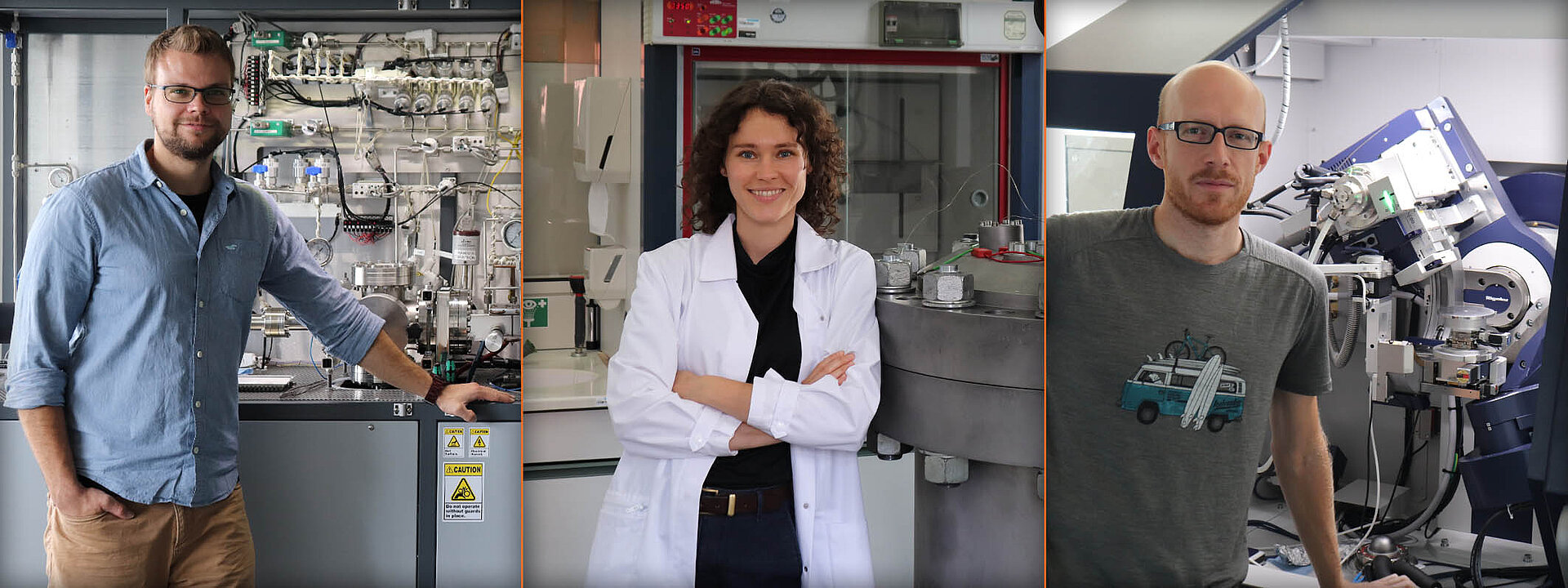
Unsere Nachwuchswissenschaftlerinnen und -wissenschaftler stellen sich vor
Ta-Shun Chou
Ta-Shun received his bachelor degree in materials science and chemistry at National Tsing Hua University in Taiwan. After his master studies at University Erlangen-Nuremberg, he joined Cynora GmbH as a Senior Process Engineer.
During his Ph.D. project, he aims to develop a MOVPE process of homoepitaxially grown ß-Ga2O3 for the industrial applications. He had implemented machine learning technique to accelerate the process development and had developed specific algorithm combining reflectance spectroscopy to in-situ monitor the growth process.
If you are interested in his research, please visit his research gate website or contact him on LinkedIn.
Section: Thin Oxide Films / Junior Research Group "Epitaxy of semiconducting Gallium Oxide"
ResearchGate: researchgate.net/profile/Ta-Shun-Chou
LinkedIn: linkedin.com/in/ta-shun-chou/
T.-S. Chou, P. Seyidov, S. Bin Anooz, R. Grüneberg, T. Thi Thuy Vi, K. Irmscher, M. Albrecht, Z. Galazka, J. Schwarzkopf, A. Popp
Fast homoepitaxial growth of (100) β-Ga2O3 thin films via MOVPE process
AIP Adv. 11 (2021) 115323
https://doi.org/10.1063/5.0069243
T.-S. Chou, S. Bin Anooz, R. Grüneberg, K. Irmscher, N. Dropka, J. Rehm, T.T.V. Tran, W. Miller, P. Seyidov, M. Albrecht, A. Popp
Toward Precise n-Type Doping Control in MOVPE-Grown β-Ga2O3 Thin Films by Deep-Learning Approach
Crystals. 12 (2022) 8
https://doi.org/10.3390/cryst12010008
S. Bin Anooz, R. Grüneberg, T.S. Chou, A. Fiedler, K. Irmscher, C. Wouters, R. Schewski, M. Albrecht, Z. Galazka, W. Miller, J. Schwarzkopf, A. Popp
Impact of chamber pressure and Si-doping on the surface morphology and electrical properties of homoepitaxial (100) β-Ga2O3 thin films grown by MOVPE
J. Phys. D. Appl. Phys. 54 (2021) 034003
https://doi.org/10.1088/1361-6463/abb6aa
K. Tetzner, K. Egbo, M. Klupsch, R.-S. Unger, A. Popp, T.-S. Chou, S. Bin Anooz, Z. Galazka, A. Trampert, O. Bierwagen, J. Würfl
SnO/β-Ga2O3 heterojunction field-effect transistors and vertical p–n diodes
Appl. Phys. Lett. 120 (2022) 112110
https://doi.org/10.1063/5.0083032
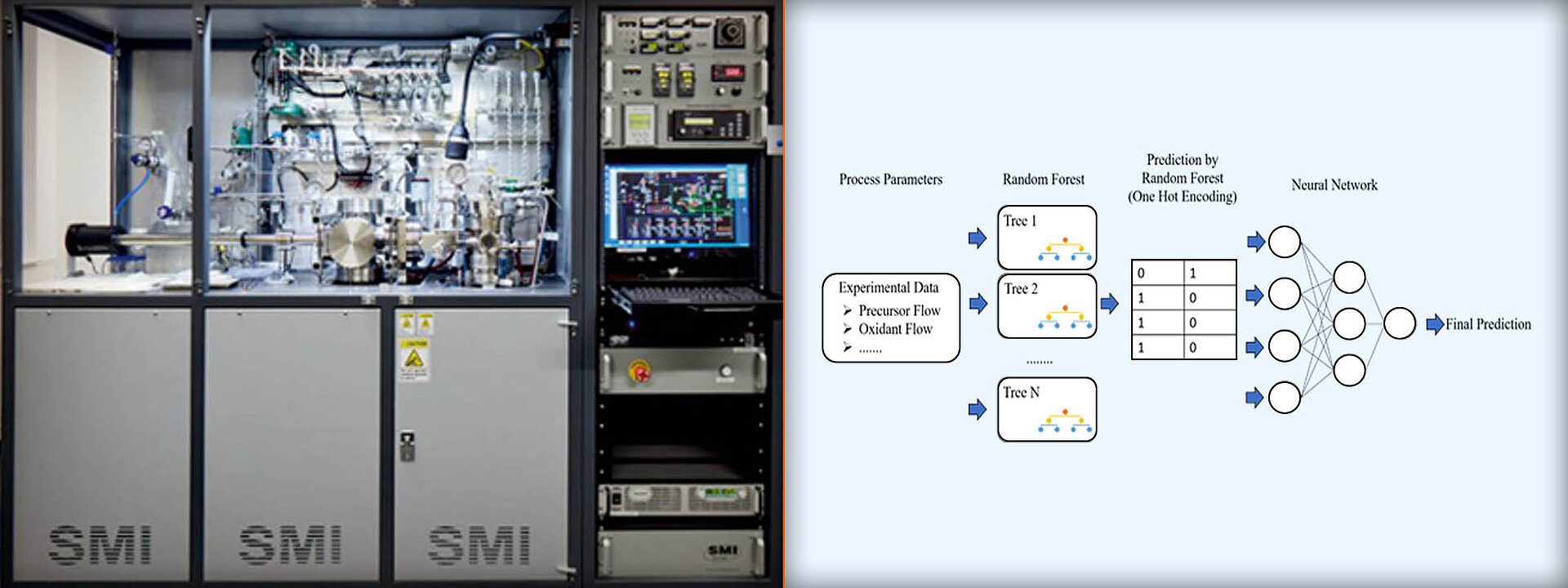
Kontakt
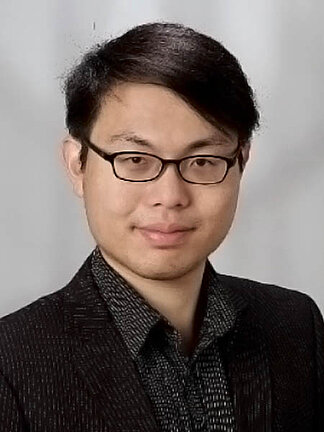
Arved Enders-Seidlitz
Arved arbeitet seit Juli 2020 als Doktorand im NEMOCRYS Projekt von der Gruppe Modellexperimente am IKZ. Schwerpunkt seiner Arbeit ist die Entwicklung und Validierung von Multiphysik-Computersimulationen für Kristallzüchtungsprozesse unter Verwendung von Open-Source Software. Bei Interesse finden Sie weitere Informationen zu seiner Forschung bei ResearchGate und auf LinkedIn.
Sektion Fundamentale Beschreibung, Nachwuchs-Forschungsgruppe "Modellexperimente"
ResearchGate: researchgate.net/profile/Arved_Enders-Seidlitz2
LinkedIn: linkedin.com/in/arved-enders-seidlitz-465830176/
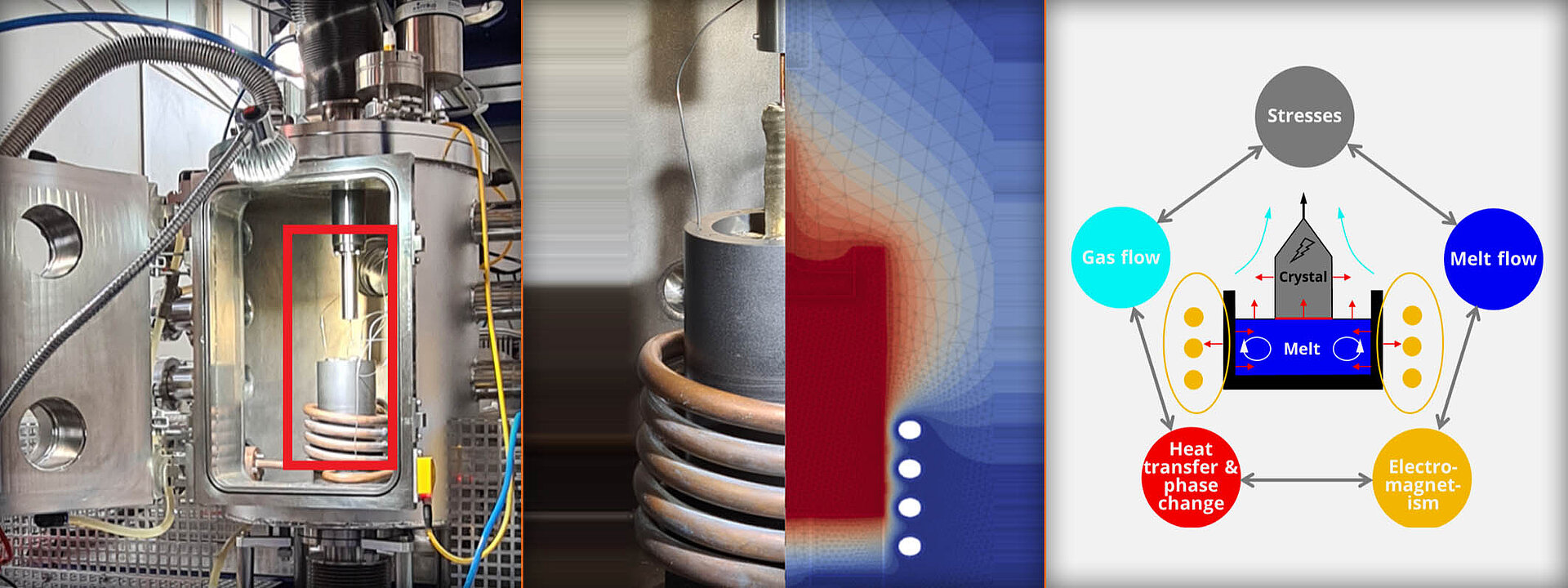
Kontakt
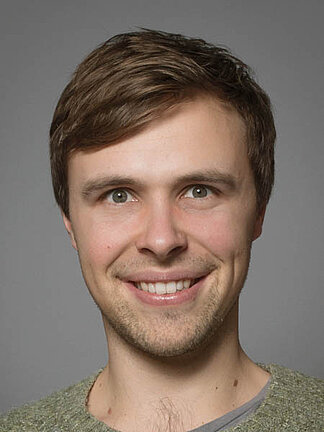
Anastasiia Kochan (geb. Uvarova)
Anastasiia's mission is to develop gain materials for lasers with emission wavelengths in the 1 µm and 3 µm spectral range. Both are of high interest and possess a wide range of applications in materials processing, medical treatment and environmental monitoring. In particular cubic sesquioxide crystals enabled excellent laser performance when doped with Yb3+ and Er3+. However, the growth of sesquioxides is very challenging due to their high melting temperatures of more than 2400°C.
Her current activities include the development of a growth process for high quality rare-earth doped laser by the optical floating zone method (OFZ), the spectroscopic investigation of these crystals and to perform basic laser experiments.
During OFZ growth, a ceramic rod is molten by intense light and solidifies in form of a single crystal. As the molten zone is held together by surface tension, it avoids the use of expensive noble metal crucibles and insulations and enables a free choice of the growth atmosphere without restrictions imposed by crucible and insulation.
Our initial spectroscopic results reveal superior properties of OFZ crystals as compared to previous crystals grown from rhenium crucibles by the heat exchanger method (HEM) and corresponding laser experiments will be performed in the near future.
Sektion Kristalline Materialien für Photonik, Zentrum für Lasermaterialien
Xing: xing.com/profile/Anastasia_Uvarova2/
LinkedIn: linkedin.com/in/anastasia-uvarova
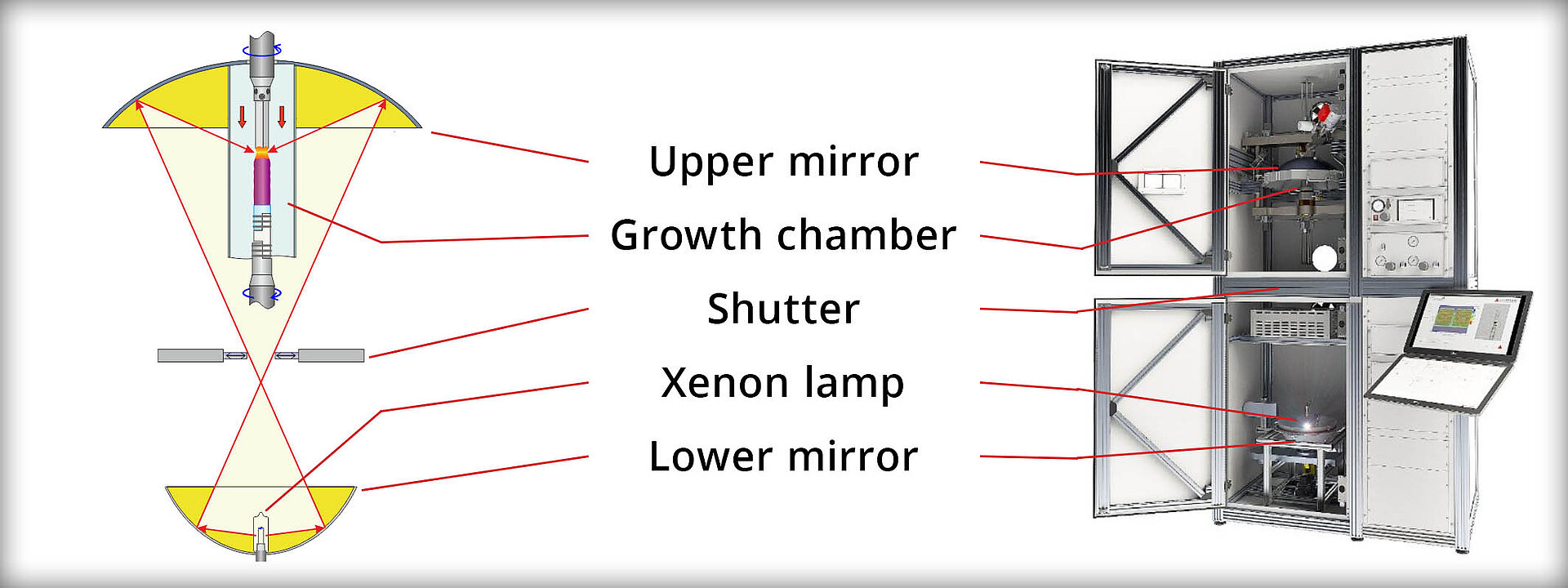
Kontakt
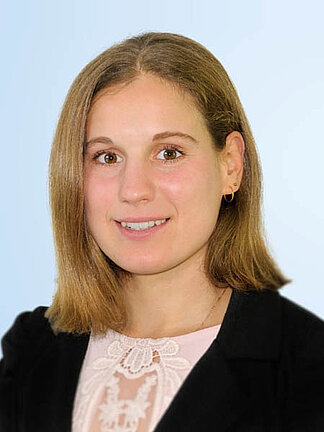
Yujia Liu
Nach ihrem Studium der Materialwissenschaften an der Universität Ulm arbeitet Yujia im IKZ an SiGe-basiertem Material für Qubit-Bauelemente. Sie hat an isotopentechnischer Epitaxie sowie an der Charakterisierung von Heterostrukturen gearbeitet. Auf dem Weg, Si und Ge von klassische Halbleiter nach Quanteninformation zu drängen, werden die Anforderungen an die Kristallperfektion der SiGe-Heterostruktur eingeebnet – wie atomare Stufen an der Grenzfläche, lokale Relaxation, lokale Neigung in der verspannten dünnen Si-Schicht sollten reduziert werden verlängern Sie die Kohärenzzeit des begrenzten Elektronenspins so lang wie möglich. Die Entwicklung von Hochleistungs-Quantencomputern ist eine multidisziplinäre Aufgabe, einschließlich der Materialwissenschaften.
Vor Yujias Forschungsabenteuer im Bereich Halbleiter der Gruppe IV arbeitete sie auch an den III-V-Materialien AlN und GaN sowie dem II-VI-Material ZnO.
Sektion: Halbleiternanostrukturen
LinkedIn: linkedin.com/in/yujia-liu-940824/
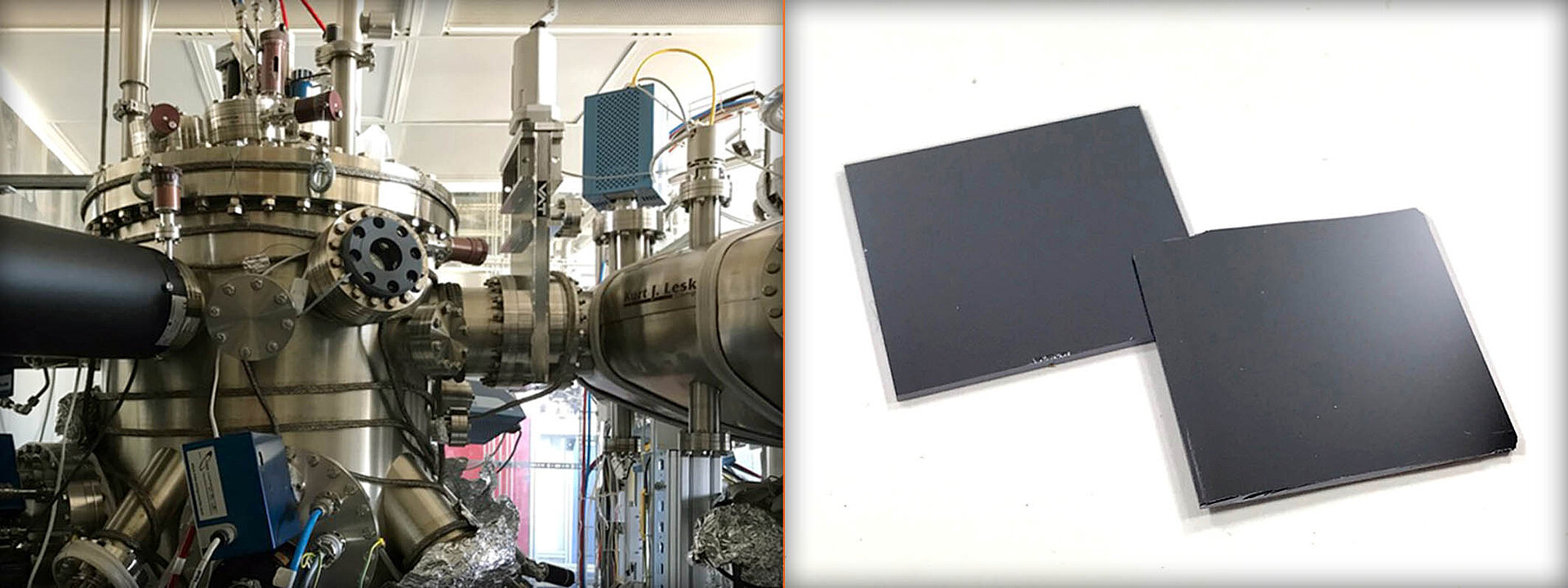
Kontakt
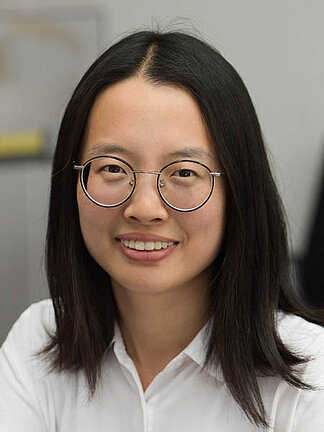
Pradeep Chandra Palleti
After finishing his studies in crystalline materials at University of Freiburg, he started working at the IKZ on high purity germanium for gamma radiation detectors. HPGe is the best material due its purity and the fact that it has less electrical active defects than any other solid material. He has been working on reduction of germanium dioxide to germanium. The germanium obtained from reduction is zone refined to remove the impurities and HPGe crystals were grown using Czochralski method. Electrical resistivity, Hall effect measurements on HPGe crystals (20-300K), PTIS(7K), etch pit density analysis, and carrier lifetime measurements with MDP were performed to understand the electrical properties of HPGe. He is proud to be a member of the LEGEND collaboration.
Section: Semiconductors, Group: Cz-IV
LinkedIn: linkedin.com/in/pradeep-chandra-palleti
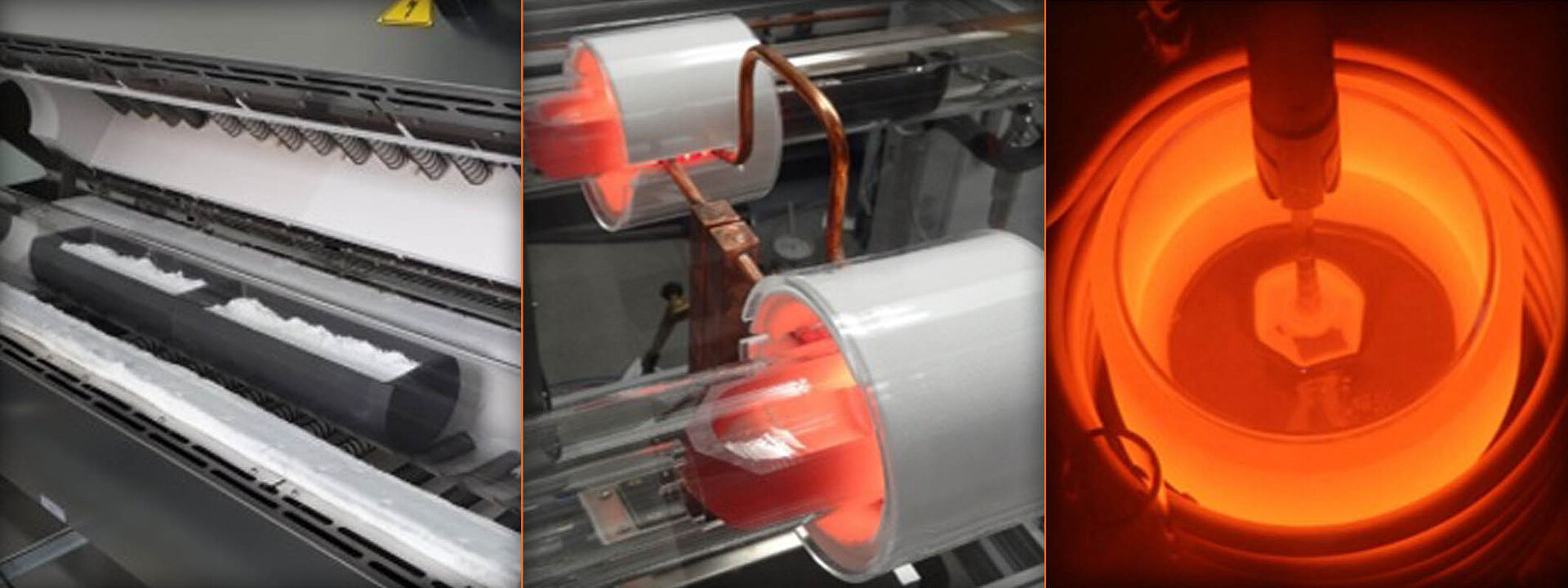
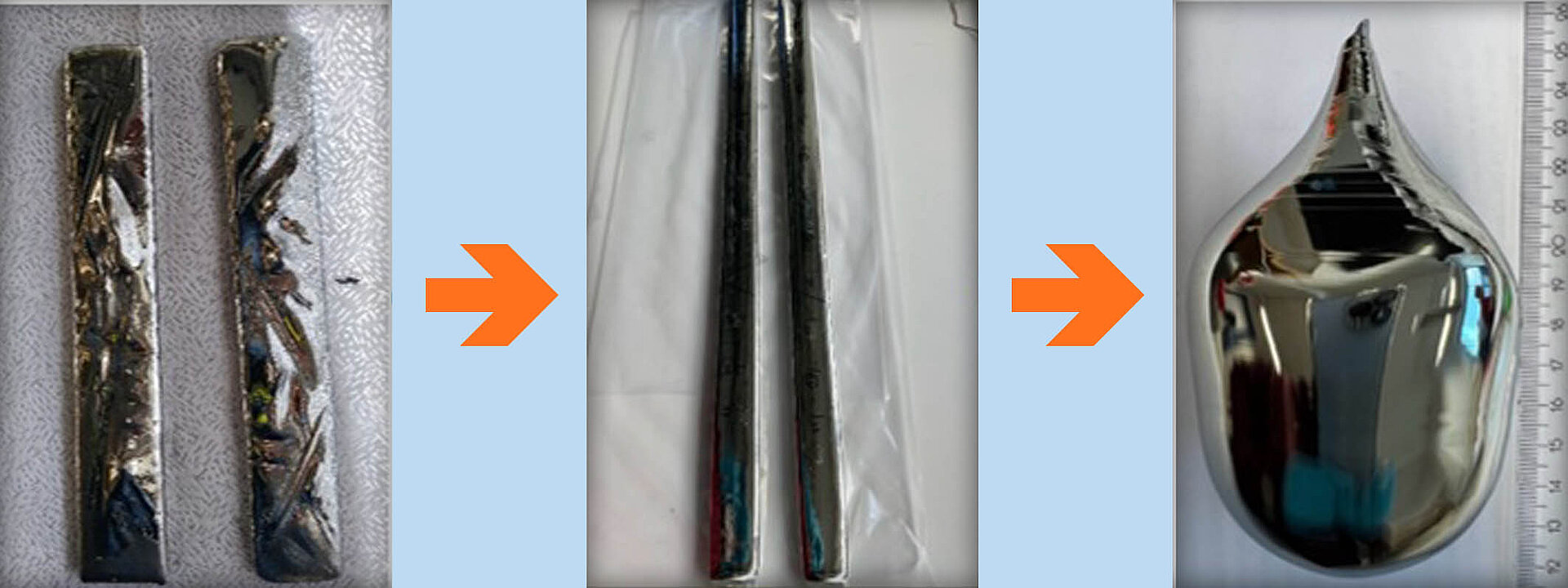
Kontakt
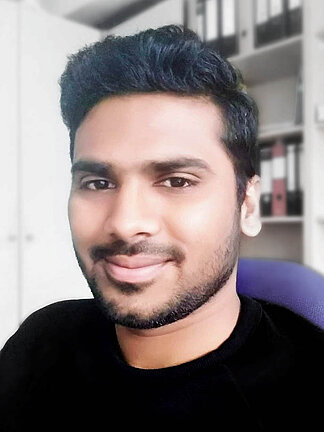
Palvan Seyidov
Gallium oxide (Ga2O3) is emerging as a viable candidate for certain classes of power electronics, solar blind UV photodetectors, solar cells, and sensors with capabilities beyond existing technologies due to its large bandgap. Palvan´s scientific interest include the charge and spin transport physics of device related gallium oxide (Ga2O3) bulk crystals and homoepitaxial layers. To understand the electrical properties of gallium oxide crystals grown at the IKZ, he uses conductivity and Hall effect measurements (20-1100K), deep-level transient and optical spectroscopy (20-800K) as well as for optical characterization he uses transmission / reflection spectrometers in the wavelength range from 120nm to 100um and micro-Raman spectrometer with 6 excitation wavelengths (325-785 nm).
Sektion Experimentelle Charakterisierung
LinkedIn: linkedin.com/in/palvan-seyidov-640708187
Kontakt
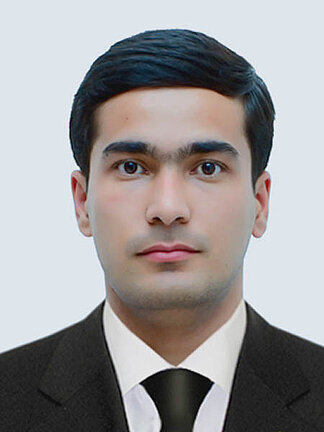
Lucas Vieira
Lucas holds a double degree in Mechanical and Materials Engineering from a Franco-Brazilian cooperation program. During his master thesis, he developed a finite element model of the quench phenomenon in superconducting magnets for particle accelerators. His experience with multiphysics simulations is now in use at the IKZ for modelling Si growth via the Float Zone method. Once robust and validated models are obtained, they will be used to train Neural Networks and optimize growth parameters. Machine learning is expected to significantly help overcome current challenges in growing 8-inch Float Zone Si crystals.
Section: Fundamental Description / Numerical Simulation
LinkedIn: linkedin.com/in/lrvieira/en
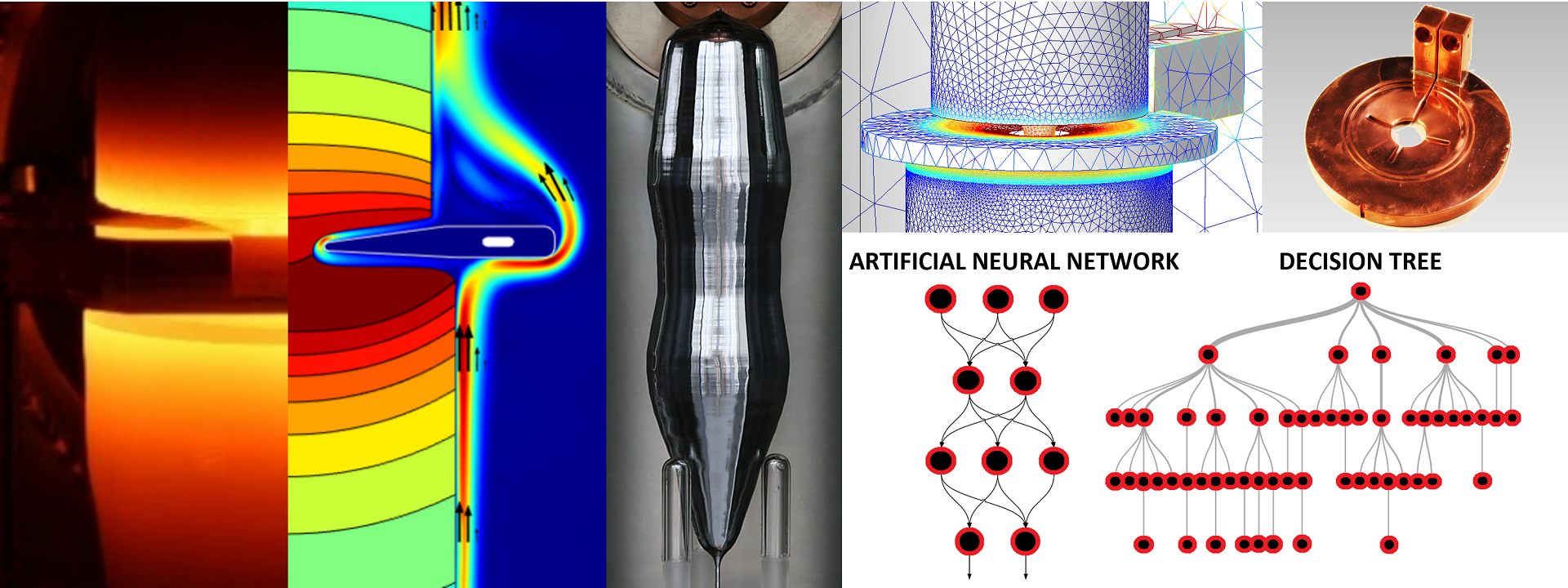
Kontakt
